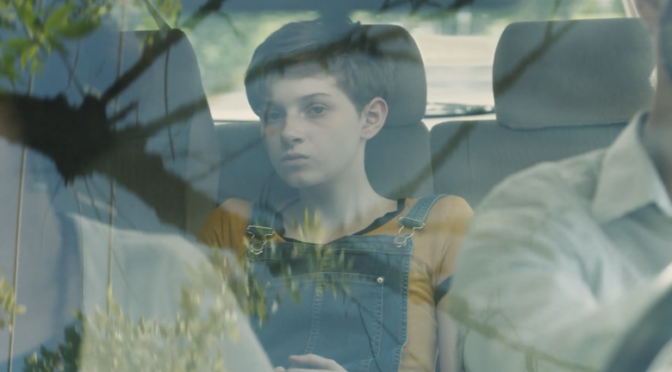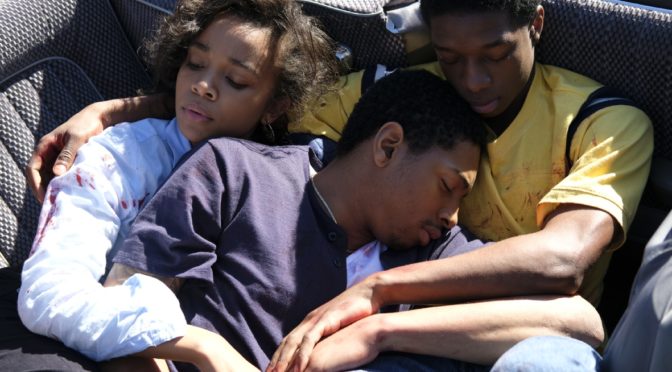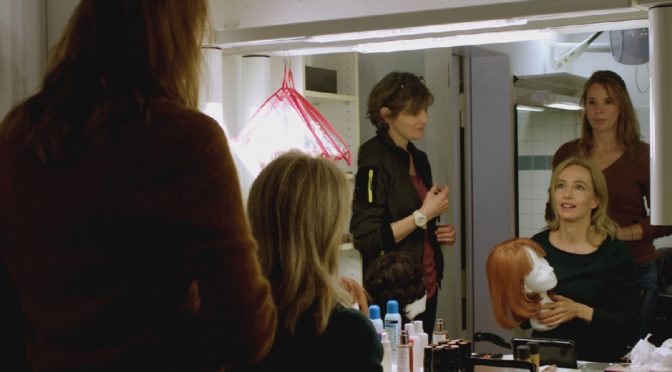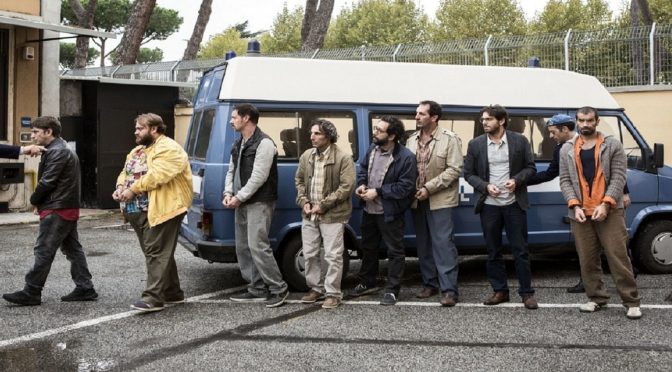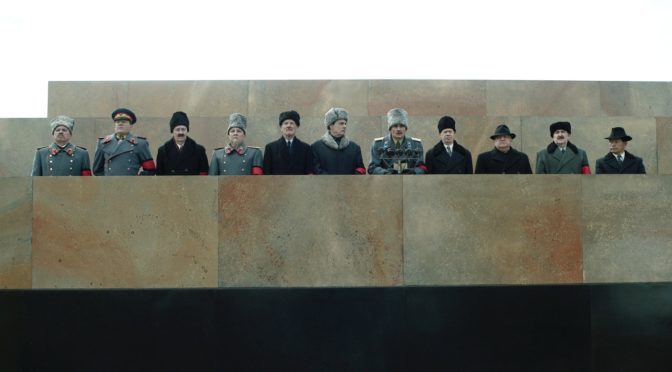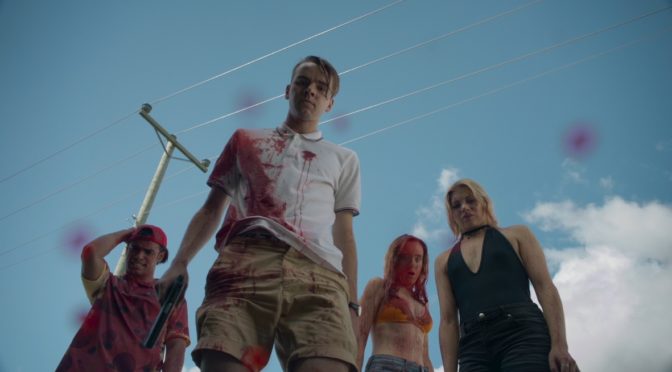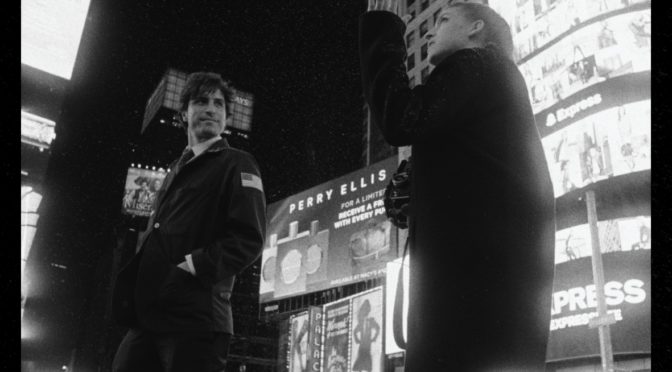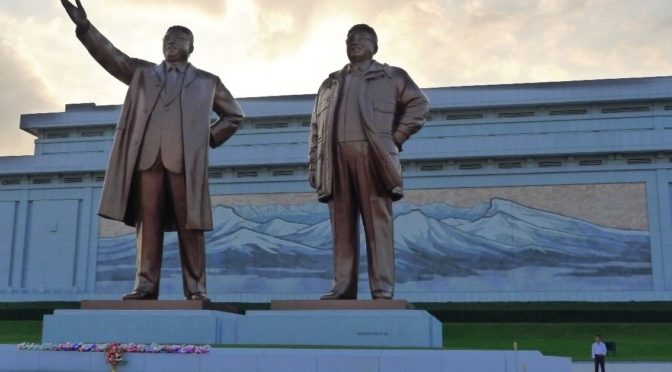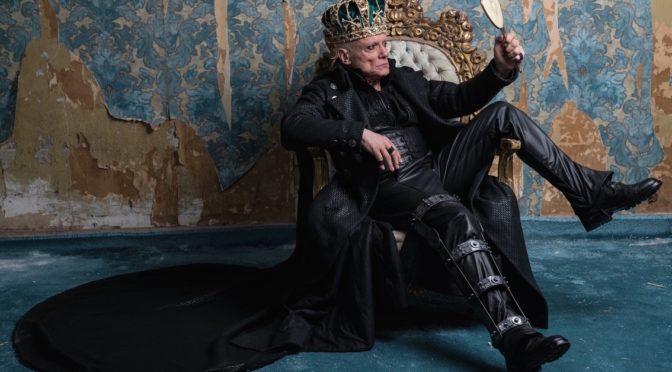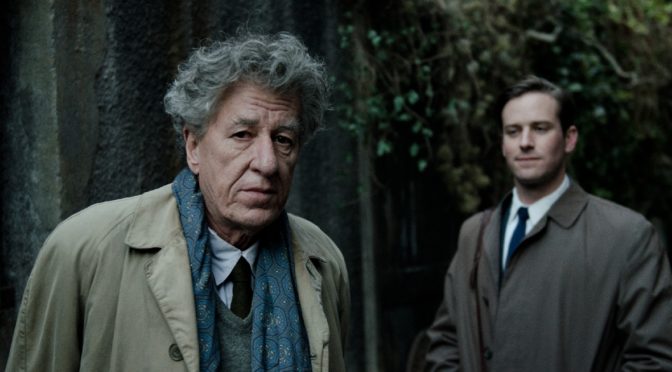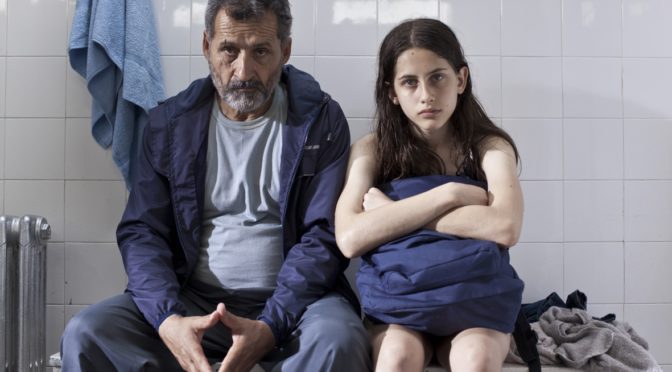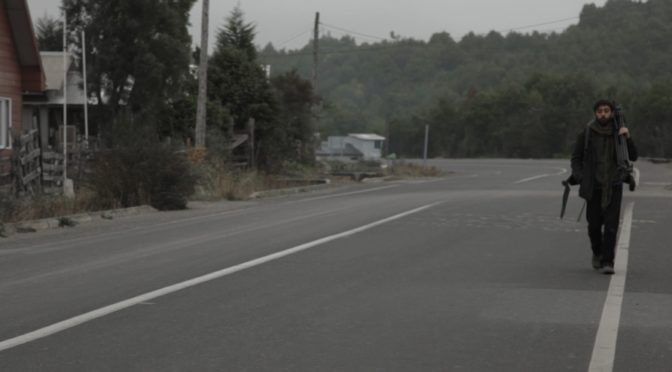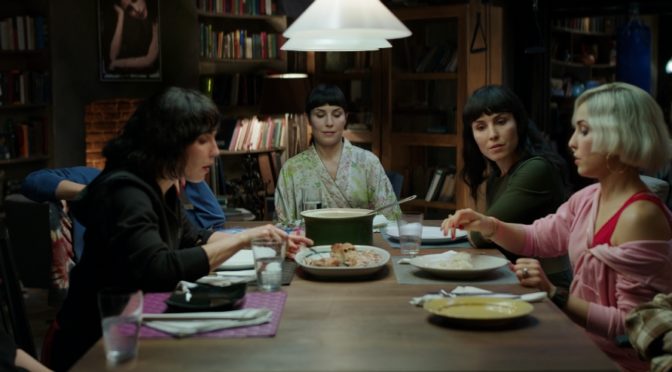Versione inglese a cura del Master in Traduzione per il Cinema, la Televisione e l’Editoria Multimediale
Article by: Giorgia Bertino
Translation by: Federica Franzosi
Los Angeles, 1991. Every citizen’s television is on the same channel. On the screen, images from the 3rd of March of the same year are shaking. In that ill-fated day four policemen (Stacey Koon, Laurence Powell, Timothy Wind and Theodore Briseno) brutally assaulted African-American taxi driver Rodney King after a long chase. On TV, the images are followed by the court trial, concluding with the four of them being absolved of assault accusations. Thirteen days later, fifteen-year-old Latasha Williams, an African-American young woman, is shot by Soon JaDu, the owner of the shop where the girl had gone to get some orange juice. The woman had seen Latasha put the bottle in the back pocket of her jeans, and accused her of stealing; after a short physical altercation, the woman had grabbed the gun and shot the girl in the head. The young woman died immediately and the security camera captured the scene on film.
Continua la lettura di “KINGS” by Deniz Gamze Ergüven →

